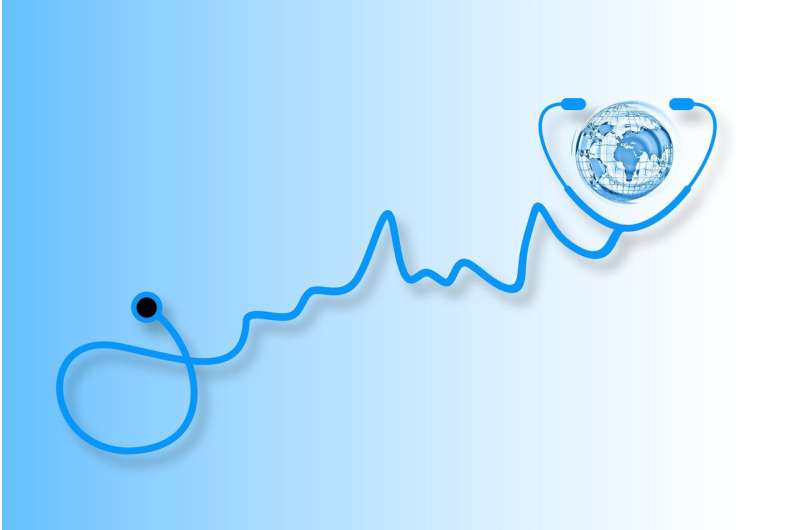Global Health Funding Set to Drop to 15-Year Low as Donor Support Dwindles

Global health funding is projected to decline to a 15-year low, risking setbacks in essential health services worldwide amid decreasing donor support. Learn more about the implications and the urgent need for increased investment.
Recent reports reveal a concerning decline in funding for essential global health initiatives, forecasted to reach levels not seen in the past 15 years. The annual Financing Global Health (FGH) report by the Institute for Health Metrics and Evaluation (IHME) highlights that, after decades of progress, financial support from international donors is decreasing at an alarming rate. This decline threatens to undermine vital health services worldwide, particularly in low- and middle-income countries where disease burdens are highest.
The report indicates that in 2021, development assistance for health (DAH) reached a peak of $80 billion, largely driven by the global response to COVID-19. However, since then, support has steadily declined, with a significant drop of 51% projected by 2025 to $39 billion—the lowest in 15 years. If current trends continue, funding is expected to fall further to approximately $36 billion by 2030, representing an 8% decrease.
A major contributor to this shortfall is the potential cancellation of previously approved funds, including those allocated to the U.S. Agency for International Development (USAID) and the PEPFAR program, both established in the early 2000s. Additionally, cuts to Gavi, the Vaccine Alliance, announced in mid-2025, are further exacerbating the situation. The US remains the largest supporter of global health aid, but this year has seen a substantial reduction of 67%, followed by reductions from the UK, France, and Germany. Conversely, Japan increased its health aid spending slightly, by 2.
The impact of these reductions is most profound in regions heavily dependent on aid, such as sub-Saharan Africa, which could face a 25% decrease in funding over the past year. This situation threatens to reverse years of progress in combating infectious diseases like HIV/AIDS, malaria, and tuberculosis, as well as efforts to improve maternal and child health services. Moreover, cuts in health funding could impair critical support for water sanitation, food security, and overall efforts to reduce high mortality rates.
Experts warn that decreasing financial aid not only jeopardizes disease control but also broadens risks related to health infrastructure, sanitation, and food systems. The reduction in aid has been most pronounced in countries with the greatest reliance on external support, and future projections indicate continued decline unless reforms are implemented.
Addressing this looming crisis, researchers urge increased international commitment to maintain and expand support for global health efforts. Sustained funding is vital to prevent setbacks in health outcomes and to prepare for future health threats, including potential pandemics. The findings of the IHME report coincide with the peer-reviewed research published in The Lancet, emphasizing the urgent need for renewed global investment in health.
Source: https://medicalxpress.com/news/2025-07-funding-lifesaving-global-health-year.html
Stay Updated with Mia's Feed
Get the latest health & wellness insights delivered straight to your inbox.
Related Articles
Parents Show Strong Support for RSV Vaccination for Newborns Despite Hesitancy Toward COVID-19 and Flu Shots
A new study reveals that parents largely trust their pediatricians when choosing to immunize their newborns against RSV, despite hesitancy towards COVID-19 and flu vaccines. Trust and effective communication play key roles in ensuring infant health.
Prebiotics as a Potential Strategy to Boost Brain GABA and Prevent Neurological Disorders
New research reveals that prebiotics may enhance brain GABA levels by modulating gut microbiota, offering promising avenues for treating neurological disorders like depression and epilepsy.
FDA Introduces 'Green List' for Approved GLP-1 Drug Ingredients to Enhance Import Safety
The FDA has introduced a green list of approved GLP-1 drug ingredients to enhance import safety and protect consumers from unverified medications used for diabetes and weight management.
The Connection Between Infectious Diseases and Dementia Risk
Emerging research indicates that infections, especially viral ones, may influence the development of dementia. Vaccinations could play a protective role by reducing infection-related neuroinflammation, offering new hope in dementia prevention.



